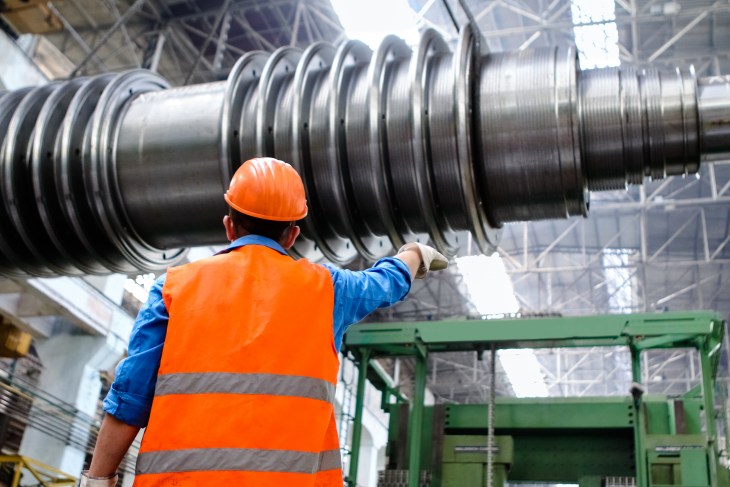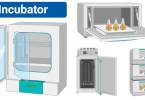
How to Keep Your Workplace Safe
Photo by Kateryna Babaieva on Pexels
No one wants to think about the potential for accidents and injuries in the workplace, but the truth is that high-risk occupations come with an inherent risk of harm. If you’re employed in a hazardous industry, it’s important to be aware of the hazards you face on the job and take steps to keep yourself safe. In this blog post, we’ll discuss some of the most common safety hazards in high-risk workplaces and provide some tips for preventing accidents. Stay safe out there!
What are some of the most common workplace hazards, and how can they be avoided or mitigated?
In 2019, there were 97 fatalities in the workplace in Australia. When compared to other countries, this number is lower, but it is still far too high. There are many potential hazards in the workplace, but some are more common than others. Here are four of the most common workplace hazards, and how to avoid them:
Slips, trips and falls
These hazards can be found in any workplace, from offices to factories. To avoid them, keep your work area clean and free of clutter, and make sure floor surfaces are non-slip. Place mats or carpet runners in areas where water might be spilled, and use warning signs to alert people to potential hazards.
Electrical hazards
Electrical equipment can be a fire hazard if it’s not properly maintained. To avoid electrical hazards, have a qualified electrician inspect your workplace periodically. Keep cords and wires in good condition, and don’t overload outlets.
Chemical hazards
Chemicals can be dangerous if they’re not used properly. These hazards can come in the form of exposure to hazardous materials, such as asbestos, or from working with dangerous chemicals.
Ergonomic hazards
“Ergonomic hazards are a common problem in the demolition industry. Employees often use poor posture while lifting heavy objects, which can lead to strain on the neck, back, and wrists”, highlights Hives and Demolition Excavation. In addition, ergonomic hazards can also occur when demolition workers use incorrect lifting techniques.
What are some specific safety solutions for high-risk workplaces, such as construction sites or factories?
While no solution is foolproof, there are some specific safety solutions that can help mitigate risks in high-risk workplaces.
One important solution is to ensure that all employees are properly trained in safety procedures before they begin working. This training should cover basic topics such as evacuation procedures, how to report hazards, and how to use personal protective equipment (PPE). In addition, employees should be given regular safety reminders and updates as needed. Furthermore, hazards should be clearly marked and labeled, and workers should be made aware of potential risks before beginning a task.
Another solution is to create a comprehensive safety plan for the workplace. This plan should detail what procedures to follow in case of an accident or emergency. It should also include a list of designated first responders, as well as contact information for OSHA and other relevant agencies. For example, if you suspect that you have been exposed to asbestos, it is important to get tested by a qualified asbestos testing and inspection company.
Finally, it is essential to create a culture of safety in the workplace. This can be done by promoting open communication among employees and management, encouraging workers to report unsafe conditions, and disciplining those who violate safety rules. By taking these steps, employers can create an environment where safety is a top priority.
Are there any government regulations or standards that employers must adhere to when it comes to workplace safety?
Keeping employees safe while they’re at work is not only the right thing to do, it’s also the law. In Australia, there are a number of government regulations and standards that employers must adhere to when it comes to workplace safety.
The Work Health and Safety Act 2011 is the primary legislation governing workplace safety in Australia. The Act sets out the general duties of employers, employees, and others in the workplace, as well as the powers and responsibilities of work health and safety regulators.
The Occupational Health and Safety Regulations 2017 are subordinate legislation made under the Work Health and Safety Act 2011. The Regulations contain specific requirements that must be met in order to comply with the Act, including requirements relating to risk assessments, hazard identification, incident reporting, and more.
The Workplace Health and Safety Regulation 2011 is another example of subordinate legislation made under the Work Health and Safety Act 2011. The Regulation contains specific requirements that must be met in order to comply with the Act in Queensland. These requirements include those relating to work hours, breaks, manual handling, plant operations, and more.
“Employers in Australia have a legal responsibility to ensure that their workplace is safe for employees. Compliance with these regulations is essential for keeping employees safe and avoiding hefty fines”, adds employment and industrial relations expert from Close Consulting.
What should you do if you are injured on the job?



Photo by Mikhail Nilov on Pexels
According to the National Institute for Occupational Safety and Health (NIOSH), if you are injured on the job, there are four basic steps you should take:
First, report the injury to your supervisor or boss. This is important for two reasons: first, your employer needs to be aware of the hazard in order to correct it and prevent future injuries; and second, your injury needs to be documented in order to ensure that you receive proper medical treatment and are eligible for workers’ compensation benefits.
Next, get medical attention. Even if you don’t think your injury is serious, it’s important to have a doctor evaluate it. Some workplace injuries, such as carpal tunnel syndrome, can worsen over time if they’re not treated properly.
After you’ve been seen by a doctor, follow up with your employer to make sure they’ve taken steps to correct the hazard that caused your injury. If they haven’t, you may need to file a complaint with OSHA.
Takeaways
High-risk workplaces are, unfortunately, becoming more and more common. With the right precautions, however, it is possible to keep your workplace safe. If you are concerned about safety in your workplace, consider implementing some of the hazard prevention methods and safety solutions discussed in this blog post. Do you have any other tips for keeping a high-risk workplace safe?






